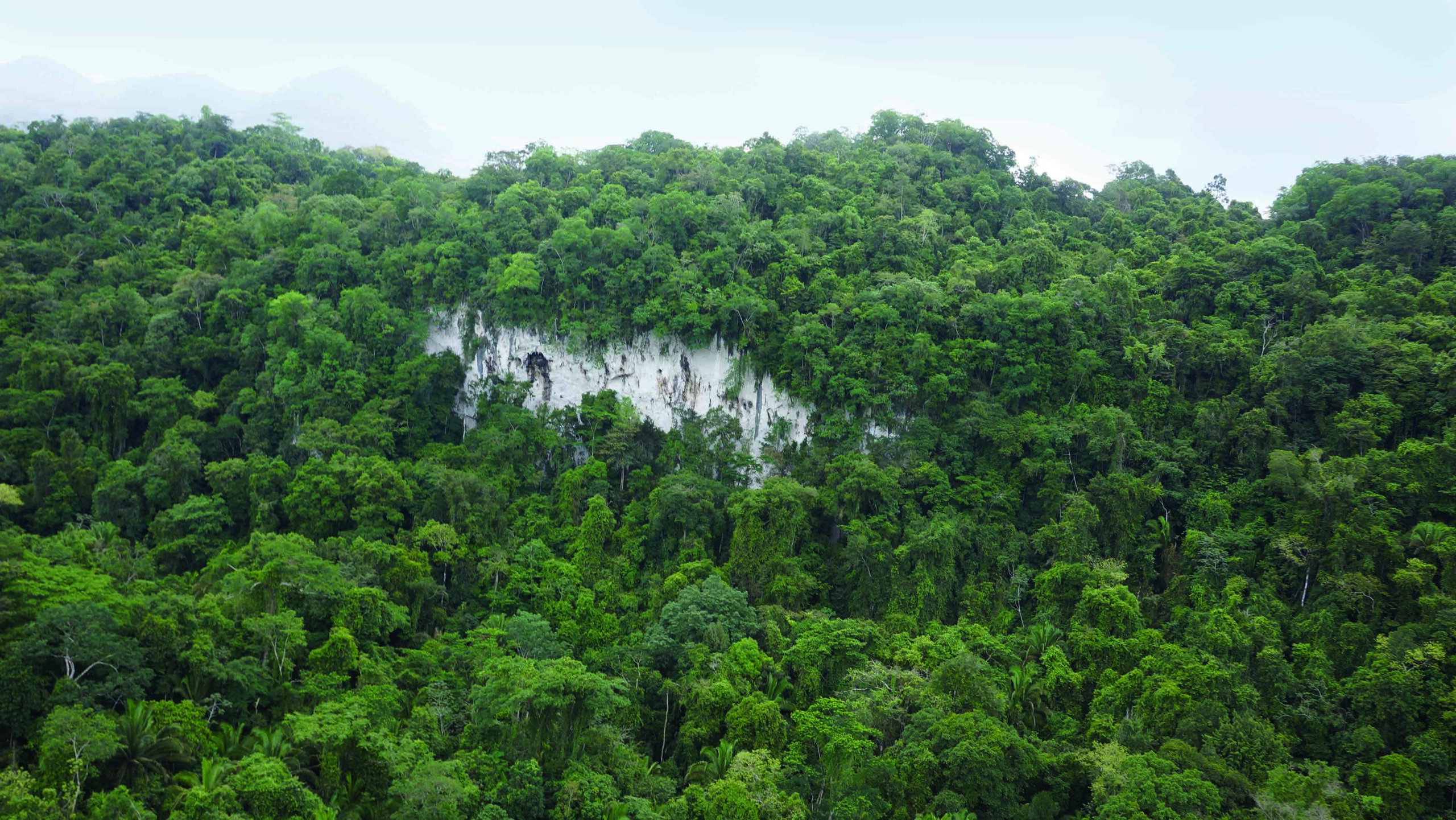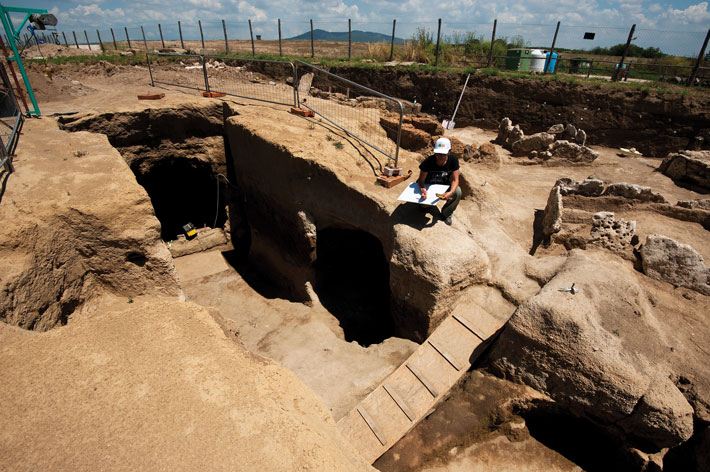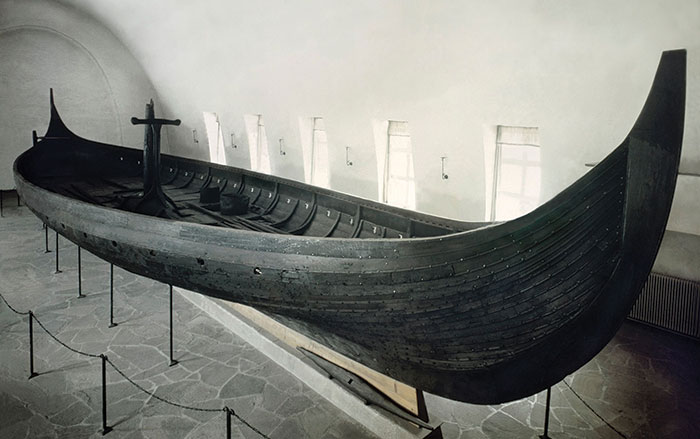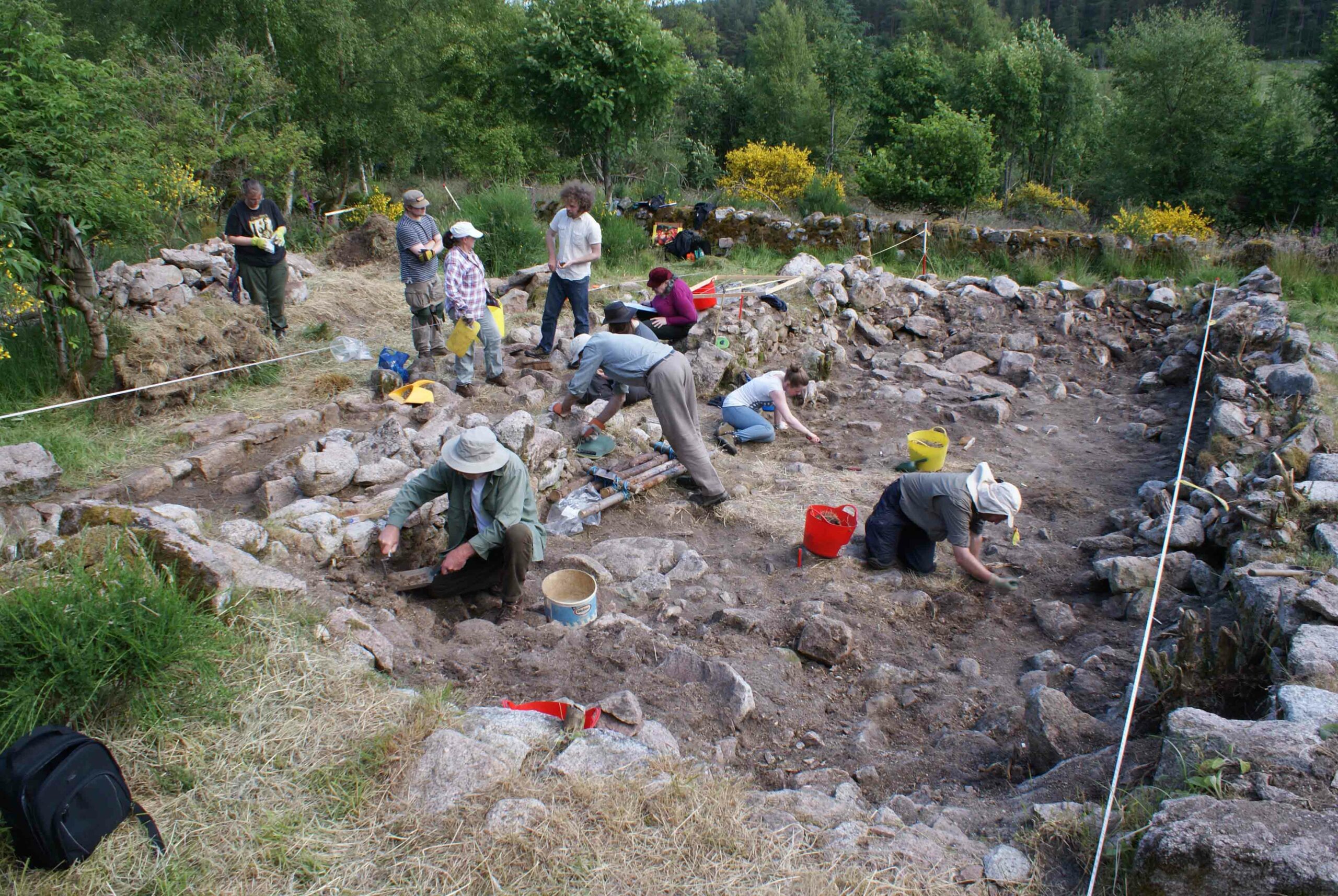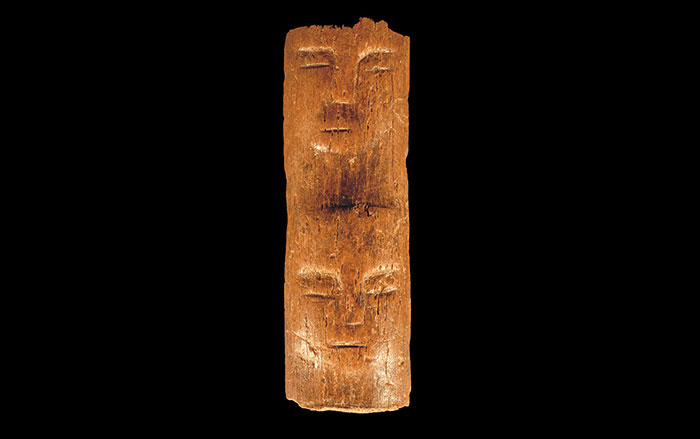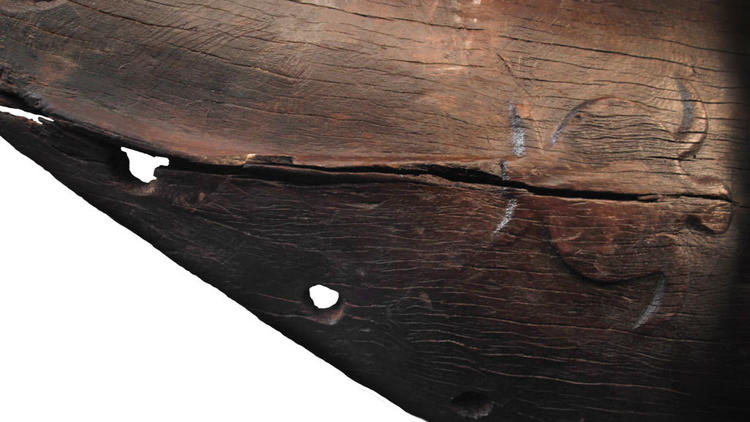
AUCKLAND, NEW ZEALAND—Two new studies published in the Proceedings of the National Academy of Sciences shed light on how Polynesian seafarers colonized the islands of the Pacific Ocean. Lead author Dilys Amanda Johns of the University of Auckland described a 600-year-old canoe discovered in 2012 near the Anaweka River on New Zealand’s South Island. The nearly 20-foot long section of a vessel estimated to have been 45 feet long was constructed with wood from trees native to New Zealand, but in a manner similar to a canoe of the same age that was discovered in the Society Islands. There is also a turtle carved in relief on the hull just above the water line, which is a common motif among the Polynesians, but is rare in art from New Zealand. The second study, led by Ian Goodwin of Macquarie University, created a model of the paleoclimate in 20-year increments, in order to evaluate whether or not Polynesian vessels, which were not capable of sailing into the wind at the time of colonization, would have had to travel into the wind to head east. The model suggests that shifting climate conditions would have opened up times when the Polynesians could have traveled with the wind at their backs. “Our reconstructed sailing conditions during the period of East Polynesian colonization would have enabled all of the known colonizing routes, and others,” Goodwin told Science. The window for sailing to New Zealand would have closed before 1300, however. “There is a timing discrepancy,” commented Johns. She thinks the canoe, which has been radiocarbon dated to 1400, may have been built by New Zealanders with techniques handed down from the time of Polynesian contact. To read more about nautical archaeology, see "History's 10 Greatest Wrecks."



